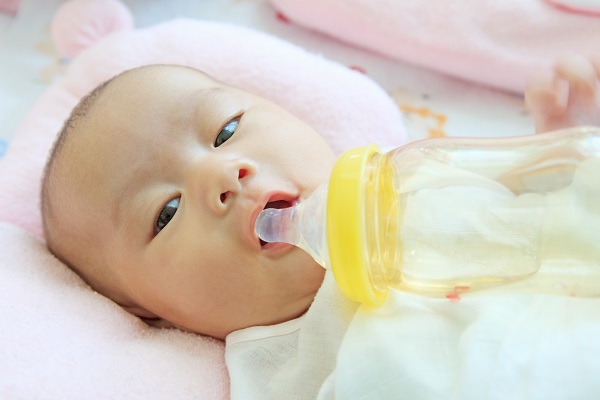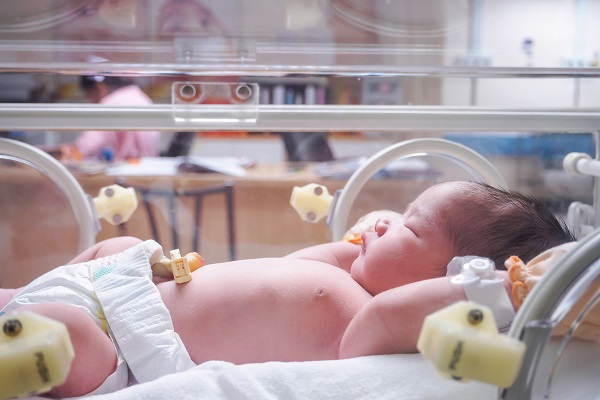- เกี่ยวกับเรา
- ผลิตภัณฑ์
- EXPLORE
- ประเภทผลิตภัณฑ์
- กลุ่มผลิตภัณฑ์
- ประเภทผิว
- บทความการดูแลลูก
- สั่งซื้อออนไลน์
- ติดต่อเรา
- สมัครสมาชิก
- เบบี้มายด์คลับ
- Power of Gentle Touch
- บทความการดูแลลูก
- บทความแนะนำโดยแพทย์ผู้เชี่ยวชาญ
- Cause of Neonatal Jaundice in Babies and How to Treat It
Cause of Neonatal Jaundice in Babies and How to Treat It

Neonatal jaundice in a newborn baby is quite common. The baby will have bilirubin level in their bloodstream higher than average. Some of them might be physiological jaundice which commonly found in newborn babies. The treatment might not be needed since it’s not harmful. Meanwhile, pathological jaundice is caused by several factors such as increased bilirubin, the destruction of red blood cells, short-lived red blood cells, the destruction of red blood cells due to the lack of G-6-PD enzymes, thalassemia, infection in the mother's womb, abnormal bilirubin absorption in babies with bowel disorders, babies with problems regarding milk feeding, and the abnormality in bilirubin expelling found in hypothyroidism caused by certain medicines. Moreover, breast milk jaundice has also been reported.

Since neonatal jaundice has several causes, there’re guidelines when neonatal jaundice is found. The doctor will check patient’s information like the conceptual age, birth weight, any jaundice indications, milk feeding history, bowel movement, and physical examination to assess the baby's jaundice stage. Pathological jaundice also needs lab tests such as Hematocrit (Hct), bilirubin level, mother’s blood type, and the baby’s G-6-PD enzymes. Each baby will go through different lap tests depending on the suspected causes.
The goal of treating jaundice is to prevent and reduce bilirubin level so that it won’t be high enough to harm the baby’s brain, and have fewer complications as possible. The treatment will be applied according to the causes of the symptom such as phototherapy, blood transfusion, and medication. If you notice that your child has jaundice, you should bring him/her to see the doctor to determine the cause.
ครีมอาบน้ำเด็ก
แป้งเด็ก
สบู่ก้อน
โลชั่น ครีมทาผิวเด็กและเบบี้ออย
สบู่เด็ก
แชมพูเด็ก
น้ำยาซักผ้าเด็ก
น้ำยาปรับผ้านุ่มเด็ก
น้ำยาล้างขวดนม
ชุดของขวัญ
ผลิตภัณฑ์สำหรับผู้ใหญ่
จันทร์ – ศุกร์ ( 08.00 น. – 17.00 น. )
โทร : 0-2351-1111
อีเมล : This email address is being protected from spambots. You need JavaScript enabled to view it.
© 2021 Osotsapa Company (Limited), All Rights Reserved. Privacy Policy/Terms of Service/CA Transparency Act


